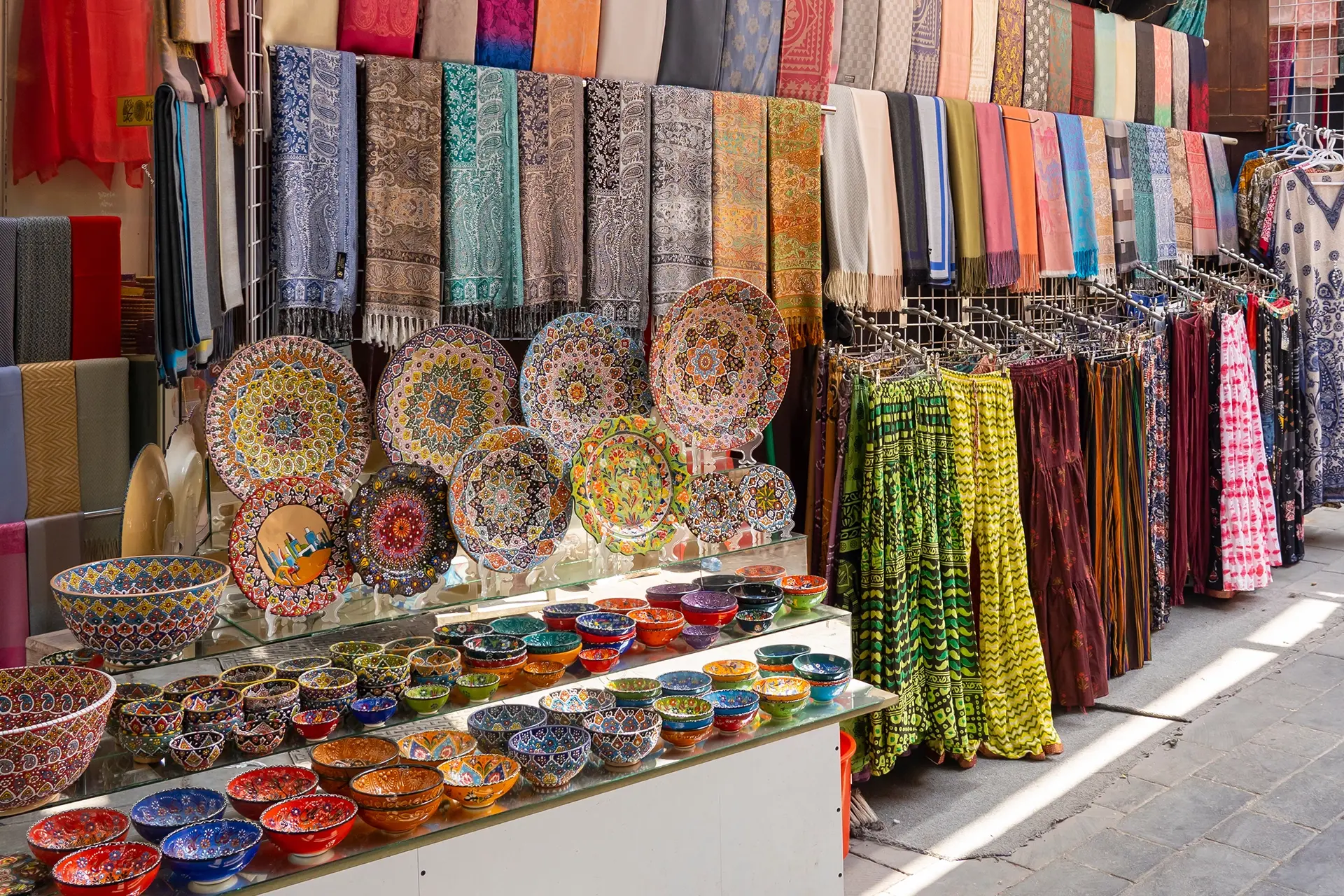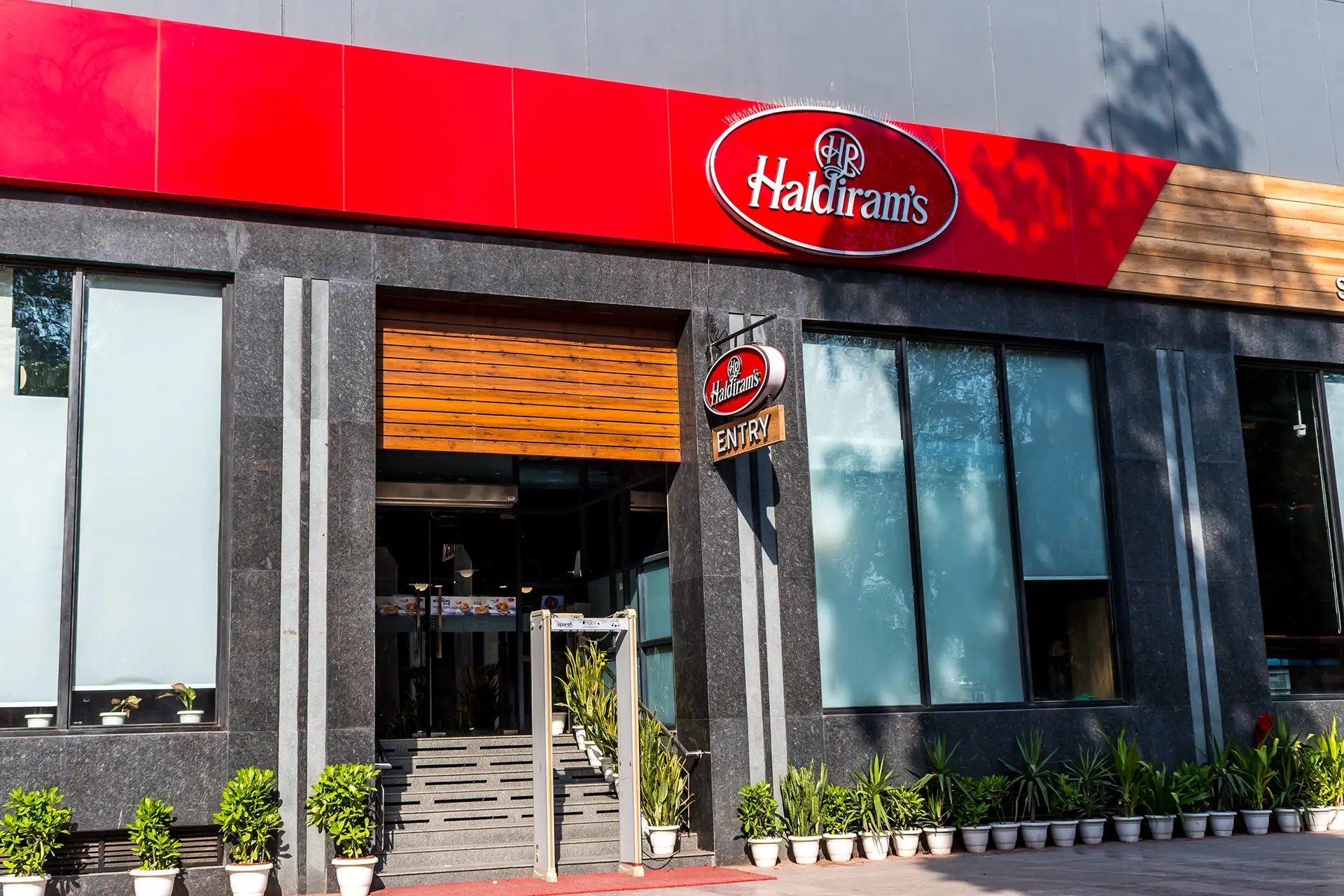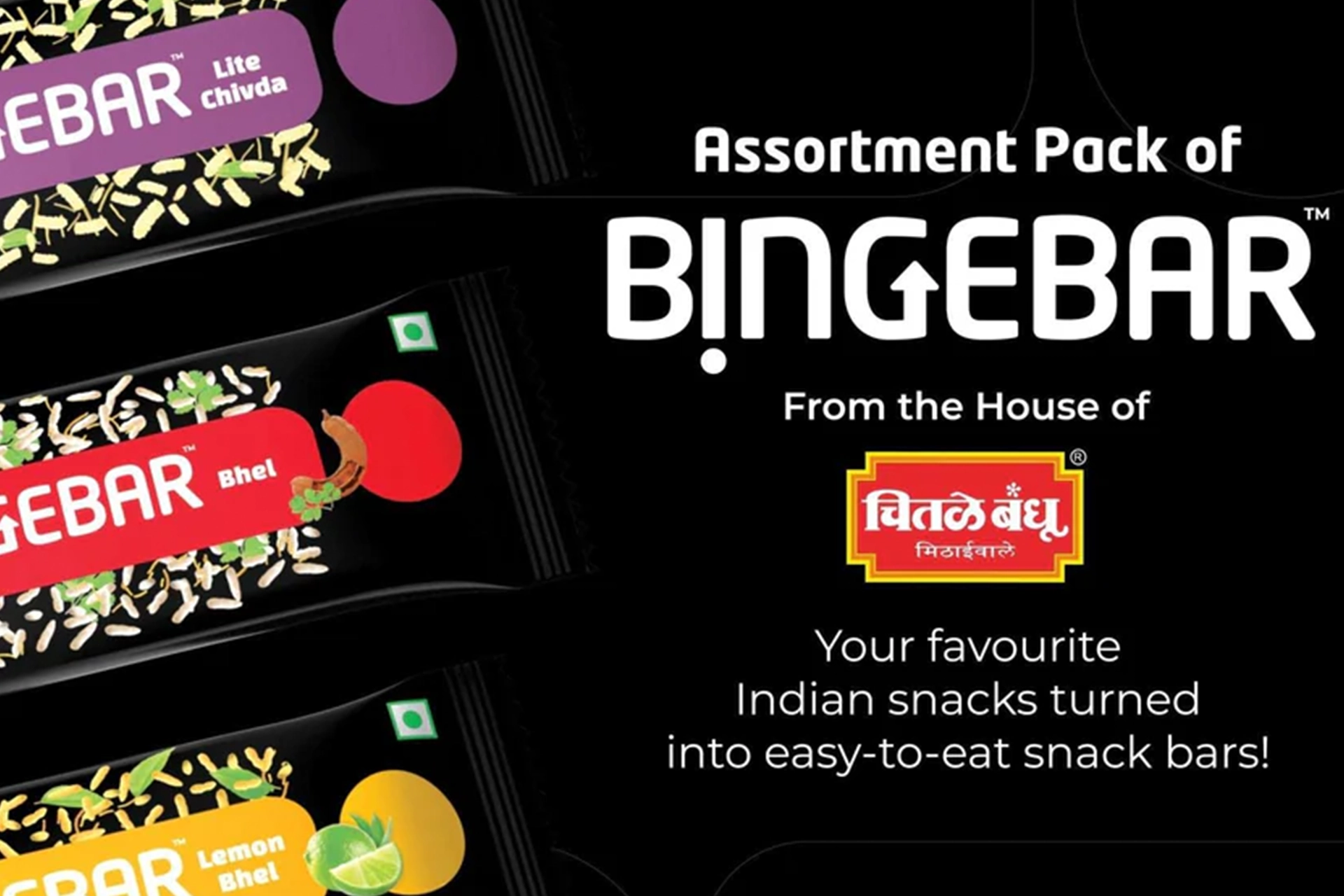DSGNJAVA
The Influence of Regional Aesthetics
on Global Food Brands
Part 2
September 20, 2024
Indian F&B brands aiming to enter the international or regional UAE markets must align their packaging and marketing strategies with local preferences and cultural sensitivities to achieve successful market penetration.
Points to Consider for Indian F&B Brands Aiming for
Global Expansion:
- • Understanding the target market and its needs and desires
- • Understanding the regional aesthetics of that area
- • Creating value for the brand
- • Brand storytelling to highlight the brand’s heritage and uniqueness
- • Focusing on quality and safety
- • Compliance with international regulations
- • Cultural adaptation to that region
- • Product localization: local taste adaptation
- • Innovative product offerings: trend-driven or health-conscious products
- • Building confidence and trust
- • Sustainability initiatives, such as eco-friendly practices and waste reduction, for environmentally conscious consumers
- • Localized marketing strategies
- • Building a strong digital presence
- • Leveraging global e-commerce
- • Attending global trade shows
- • Running global marketing campaigns

Let’s understand it with a hypothetical case
ID Fresh Food, renowned for its dosa batter, Malabar parotta, and chutneys, is planning to expand its international presence into the UAE market.
Packaging Modifications
While ID's signature colour is green, which is often associated with goodness in the UAE, it can be complemented with colours that resonate with prosperity and purity, such as gold and white. This combination can enhance the appeal of the packaging by aligning with local sensibilities while maintaining brand consistency.
Integrating Arabic calligraphy into the packaging design can localize the product and cater to the diverse population in the UAE while honouring local aesthetics and cultural values. This approach also ensures clarity and accessibility for all consumers.
Additionally, addressing local food concerns, such as ensuring all products are certified halal and prominently displaying this certification on the packaging, is essential for compliance with local regulations and for building trust with consumers.
Flavour Modifications
Modifying the flavour profiles to align with local tastes is essential. For example, introducing variations of dosa batter with regional spices or ingredients that are popular in the Middle East can enhance appeal. Adding a hint of local flavours, such as saffron or cumin, can cater to local palates.
Marketing Modifications
Lastly, tailoring marketing campaigns to reflect UAE cultural values is crucial. This approach goes beyond merely translating your brand's messaging into another language; it requires transcreation, where the content is adapted to resonate deeply with the local audience, making it culturally relevant and appealing.
A classic example of the pitfalls of direct translation is KFC’s slogan “finger-licking good,” which was unfortunately translated into Chinese as “eat your fingers off.” This mistranslation not only failed to convey the original appeal of the slogan but also created a negative and confusing message for the target market. Therefore, it is necessary to understand local values, language, and regional aesthetics through research and understanding.A classic example of the pitfalls of direct translation is KFC’s slogan “finger-licking good,” which was unfortunately translated into Chinese as “eat your fingers off.” This mistranslation not only failed to convey the original appeal of the slogan but also created a negative and confusing message for the target market. Therefore, it is necessary to understand local values, language, and regional aesthetics through research and understanding.
By focusing on these essential aspects, F&B brands can navigate the complexities of entering and succeeding in international markets.

Indian F&B Brand in the Global Market
Expanding an Indian food and beverage (F&B) brand into international markets presents both opportunities and challenges. With the global food and beverage market projected to reach US $4.32 billion by 2029, regions like the UAE offer significant potential due to their diverse consumer base and growing appetite for international cuisines. The UAE food and beverage market is estimated to have reached an impressive USD 19.98 billion in 2024.
Haldiram
Haldiram, originally established in 1937 as a retail sweet and namkeen shop in Rajasthan, India, has transformed into a global snack giant, with its products now available in over 80 countries and encompassing more than 410 offerings. In 2017, the brand achieved a significant milestone by being recognized as India's largest snack company, surpassing both domestic and international competitors. The company's international journey began in 1993 when it started exporting to the United States, catering to the large Indian diaspora there. This expansion continued with the establishment of Haldiram's first overseas factory in the UK in 2016, further strengthening its global presence.
Haldiram has strategically penetrated and established its brand presence in international markets, becoming a renowned name on shelves across the USA, UK, and the Middle East. The company has acquired ISO 22000, ISO 9001, and HACCP certifications, along with FDA approval, to ensure the highest standards of food safety and quality. They proudly display these certifications on their packaging to appeal to their international audience and build trust.
In India, the product range is extensive and includes a variety of traditional sweets, namkeen, and snacks tailored to local tastes. Promotions often emphasize seasonal products, especially during festivals.
In the UK, Haldiram is committed to preserving the Indian heritage of its snacks while also adapting to the preferences of local customers, including the Indian diaspora. The brand emphasizes ready-to-eat and convenient snack options. While frozen pizzas and burgers have always been available in the US, Haldiram's introduction of frozen samosas, tikkis, and parathas has expanded the brand's offerings. Additionally, the brand leverages its Instagram presence to promote the nutritional benefits of its products, such as the protein content in ready-to-eat dal palak kebabs.

Chitale Bandhu
Chitale Bandhu, a renowned Indian snacks enterprise, was founded in Maharashtra, India, in 1950. The brand offers a diverse menu featuring over 60 varieties of sweets and 40 types of namkeen. It exports its products to markets across the European Union, the USA, Southeast Asia, and beyond. Chitale Bandhu has successfully adapted to changing market trends and consumer preferences, both in India and globally. For instance, it has introduced health-conscious options like sugar-free sweets & snacks and expanded its product line to include non-confectionery items such as masalas, papads, and pickles. This diversification helps the brand appeal to a wider customer base.
Chitale Bandhu has made significant strides in the global Indian food and beverage market to expand its reach. The brand has adopted an English logo to enhance its appeal to international consumers. It has introduced single-serve bars for Chivda and Bhel, aligning with the growing demand for convenient, on-the-go snacks. Chitale Bandhu's American website plans to launch ready-to-cook and ready-to-eat products to cater to a wide range of consumers, including young adults, those living away from home, and individuals with busy lifestyles. This focus has contributed to its popularity across nations and generations.
The brand is successful due to its emphasis on product quality and innovation.





